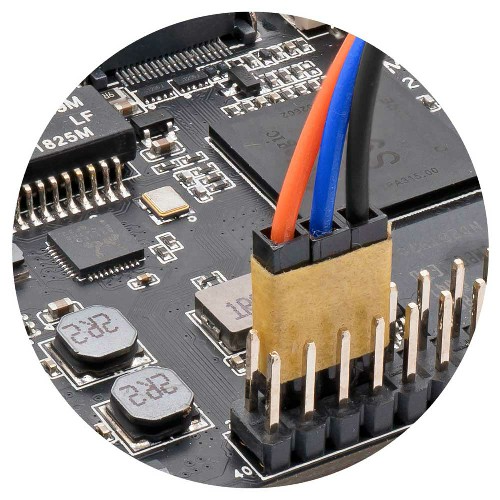Overview

Getting started
This guide depends on the following requirements:
Configuration
Generate device identity
Export the environment variables PERIDIO_CERTIFICATE_FILE and PERIDIO_PRIVATE_KEY_FILE to the location of the PEM files generated when configuring your signing PKI. For more information about device signing PKI, see creating CA certificates.
export PERIDIO_CERTIFICATE_FILE=/path/to/end-entity-certificate.pem
export PERIDIO_PRIVATE_KEY_FILE=/path/to/end-entity-private-key.pem
Create working directory
Create a working directory for building the khadas-vim3 machine.
mkdir build-avocado-khadas-vim3 && cd build-avocado-khadas-vim3
Checkout the meta-avocado project to your build directory
git clone git@github.com:peridio/meta-avocado
Build the system
You can build the project using kas. The product will have the device identity included as part of the runtime environment. Building this system may take a long time to complete depending on your build machine resources.
kas build --update meta-avocado/meta-avocado-example/conf/kas/machine/khadas-vim3.yml
Testing
Insert a microSD card and execute the following command to write the image:
fwup build/tmp/deploy/images/khadas-vim3/avocado-image-base-khadas-vim3.fw
Connect a serial console cable to the UART pins on the Khadas header

| Serial tools pin | GPIO board header pin | Name |
|---|---|---|
| GND | 17 | |
| TXD | 18 | Linux_Rx |
| RXD | 19 | Linux_Tx |
| VCC | 20 |
Insert the microSD card and power on the board.